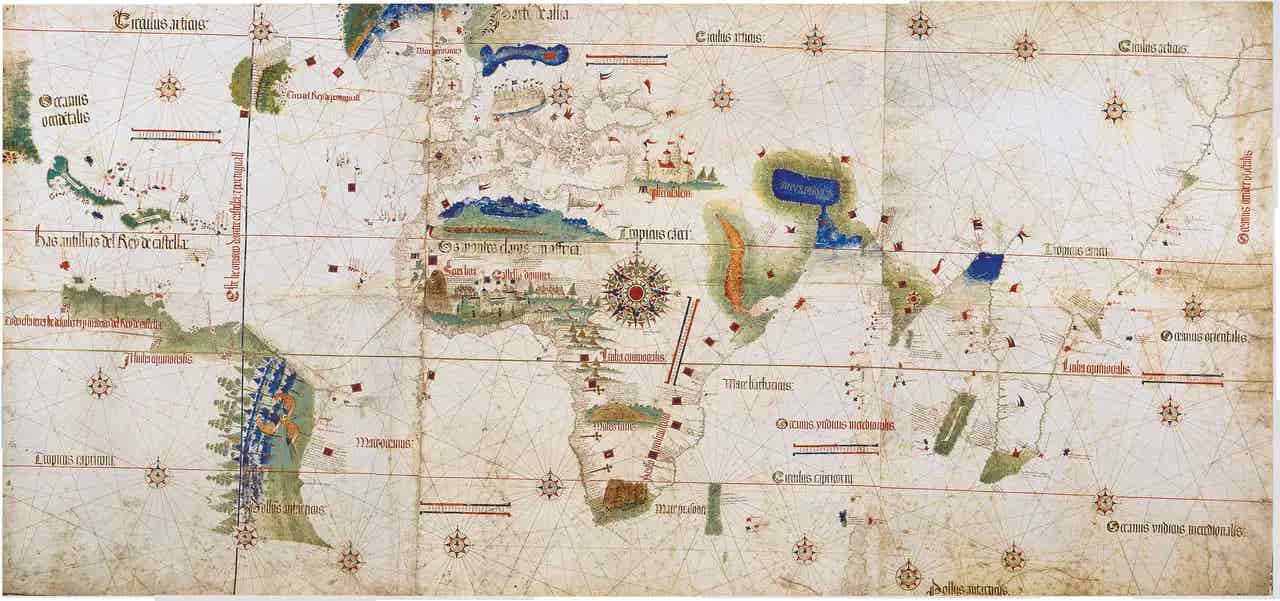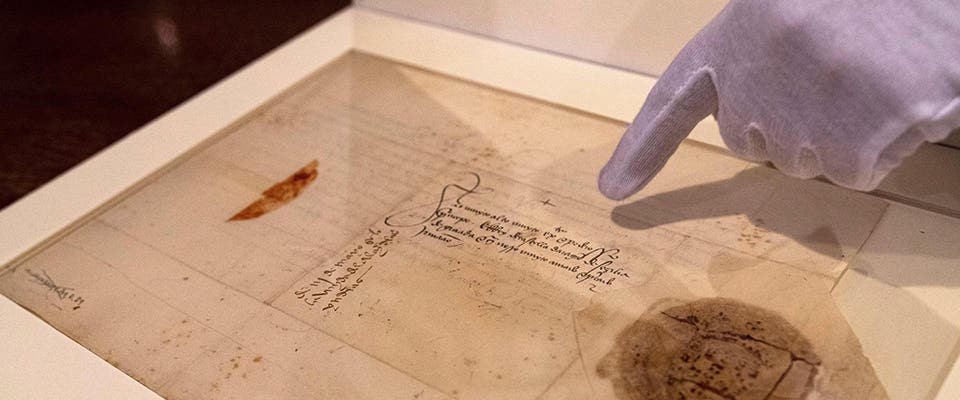The following animation helps to explain the dynamics of subglacial water exchange and what it looks like from space.
Starting from an artist's concept of the Antarctic surface we move down to a cross section of the ice sheet with lakes hidden deep beneath.
As pressure is exerted on one lake, the water in it is forced to an adjacent lake.
This water movement results in elevation changes at the surface over both lakes, detectable by NASA satellites.
The camera then moves to a 'top-down' view of a system of these hidden lakes and streams before dissolving into observed satellite data.
Credit: NASA/Goddard Space Flight Center Conceptual Image Lab
Beneath the great, white expanse of the Antarctic Ice Sheet, a mysterious realm of streams and lakes lies out of sight.
Much about this hidden water world remains poorly understood.
But a new study suggests that if scientists continue to overlook it, they might greatly underestimate global sea level rise.
Factoring this subglacial water into computer simulations could boost projections of sea level rise over the next two centuries by about two meters, researchers report April 7 in Nature Communications.
Factoring this subglacial water into computer simulations could boost projections of sea level rise over the next two centuries by about two meters, researchers report April 7 in Nature Communications.
For context, scientists estimate that climate warming has raised sea levels by about 0.2 meters over the last century.
“This hidden water beneath Antarctica plays a much more significant role than we thought,” says Chen Zhao, a glaciologist at the University of Tasmania in Hobart, Australia.
“This hidden water beneath Antarctica plays a much more significant role than we thought,” says Chen Zhao, a glaciologist at the University of Tasmania in Hobart, Australia.
Policymakers are basing their decisions on current projections of sea level rise, she says, “but what if we largely underestimated it?”
While the Antarctic Ice Sheet may be frozen, it is not static.
While the Antarctic Ice Sheet may be frozen, it is not static.
The ice sheet deforms under its own weight, and in some places its frigid base slides along the ground like a sled on snow.
This process, known as basal sliding, accounts for most of the movement of the fastest Antarctic glaciers flowing into the ocean.
Understanding basal sliding is crucial for estimating future sea level rise.

The Antarctic Ice Sheet holds around 90 percent of all ice on Earth.
But
human-caused climate change is driving it to shed an average of 150
billion metric tons of ice each year, raising sea levels around the
world.
Researchers already knew that subglacial water can boost a glacier’s basal sliding speed.
Similar to how an air hockey table effuses a thin cushion of air for a puck to glide over, the pressure exerted by subglacial water counters some of the overlying glacier’s weight, easing its flow toward the sea.
“It’s sort of lubricating the ground for the ice,” says glaciologist Mathieu Morlighem of Dartmouth College, who was not involved in the study.
But it remains uncertain just how much basal water enhances glacier flow and sea level rise.
But it remains uncertain just how much basal water enhances glacier flow and sea level rise.
Many Antarctic Ice Sheet computer simulations — or models — that predict sea level rise ignore the effects of subglacial water and are probably underestimating its impact, Zhao says.
She and her colleagues simulated the Antarctic Ice Sheet’s evolution as it flowed over channels and lakes.
She and her colleagues simulated the Antarctic Ice Sheet’s evolution as it flowed over channels and lakes.
Because so little is known about the distribution of the water beneath the ice sheet, they tested different ways of simulating the pressure it exerts.
For instance, in one test, the researchers assumed the water under the ice sheet could flow essentially unhindered into the ocean.
For instance, in one test, the researchers assumed the water under the ice sheet could flow essentially unhindered into the ocean.
In others, they factored in the topography beneath the Ice Sheet, considering places where water would accumulate to construct a more intricate picture of how pressure was distributed.
And in some tests, the team increased the water pressure near the grounding line, where the ice sheet meets the ocean.
“It makes physical sense,” Morlighem says.
“It makes physical sense,” Morlighem says.
“They’re making the bed more slippery … as the ice starts to float.”
This increased slipperiness contributed to the most extreme result.
This increased slipperiness contributed to the most extreme result.
Compared with the standard approach used in current Ice Sheet models, one simulation with a slippery grounding line generated 2.2 additional meters of sea level rise by 2300.
“It’s not crazy at all,” Morlighem says. Those two meters represent only 4 percent of what the Antarctic Ice Sheet — which contains about 90 percent of all ice on Earth — could deliver if it all melted, he explains. The rest of the tests yielded a wide range of contributions to sea level rise.
Determining exactly how much subglacial water will contribute to future sea level rise will require further investigation into what lies beneath the Antarctic Ice Sheet.
“It’s not crazy at all,” Morlighem says. Those two meters represent only 4 percent of what the Antarctic Ice Sheet — which contains about 90 percent of all ice on Earth — could deliver if it all melted, he explains. The rest of the tests yielded a wide range of contributions to sea level rise.
Determining exactly how much subglacial water will contribute to future sea level rise will require further investigation into what lies beneath the Antarctic Ice Sheet.
“Without knowing what’s under the ice, we have to make assumptions in our simulations that can have big impacts on the predictions,” Zhao says.




 Landing of Columbus, oil on canvas by John Vanderlyn, 1846 (CREDIT: Architect of the Capitol)
Landing of Columbus, oil on canvas by John Vanderlyn, 1846 (CREDIT: Architect of the Capitol) 
 Milan, Italy, found in 1340 manuscript a mention of America 150 years before Columbus.
Milan, Italy, found in 1340 manuscript a mention of America 150 years before Columbus. While the information in Cronica universalis is fragmentary, it provides important context to the notion that knowledge of the Americas may have been circulating in Europe well before Columbus. (CREDIT: Archivos Estatales, mecd.es)
While the information in Cronica universalis is fragmentary, it provides important context to the notion that knowledge of the Americas may have been circulating in Europe well before Columbus. (CREDIT: Archivos Estatales, mecd.es) 

 1984 - 2018
1984 - 2018 
